Three main cities in particular - Kolkata, Mysore, and Jaipur are called 'The City of Palaces'. Let's find out if they do justice to their title or not!
1. Kolkata
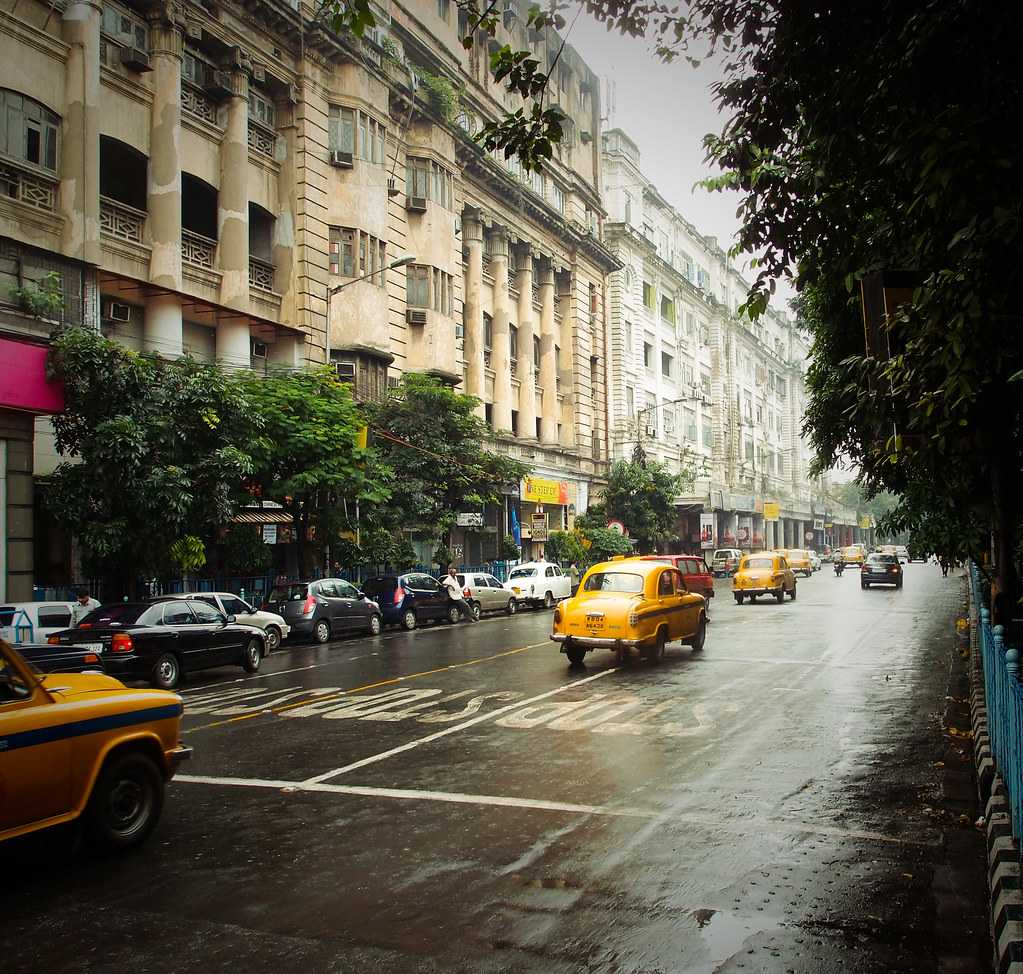
Kolkata is called the City of Palaces, and also the City of Joy. It is a city situated on the eastern bank of the Hooghly river and is the capital of West Bengal. Kolkata is known as the City of Palaces because of the number of buildings built by the British Raj during the 19th century. These buildings have been maintained till date, and act as architectural proofs of our country's rich history and struggle for freedom.
History: Why Kolkata Is Called City of Palaces?
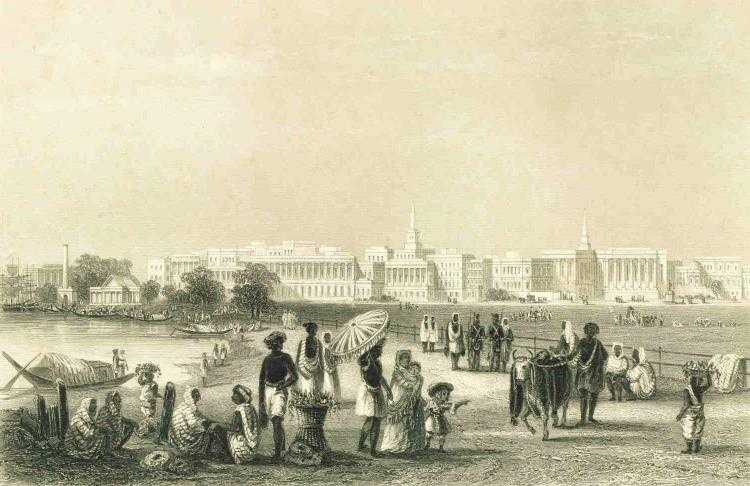
Kolkata - previously known as Calcutta - was declared as the capital of British India during the eighteenth century, by Governor-General Warren Hastings. Because of this, Kolkata became the hub of Britishers, and the city grew in terms of architecture. Buildings had Roman, Gothic, and even Mughal influences to some extent. These buildings are well preserved to date, and some of them are also heritage sites.
Architecture of Kolkata

As mentioned earlier, Kolkata has many buildings built by the British during the British Era. One of the most famous monuments is the Victoria Memorial, built in the memory of Queen Victoria.
It is a large white marble museum, with a dome that is surrounded by beautiful sculptures. It has Mughal and Islamic architectural influences, along with Gothic elements blended. The beautiful gardens at the Victoria Memorial have numerous statues of British dignitaries.
Another famous monument, the Marble Palace, is a nineteenth-century mansion, situated in North Kolkata, and is renowned for its marble floors, a zoo, and some sculptures. It was built by Raja Rajendra Mullick, in Neoclassical style, with characteristic Corinthian pillars, but also has traditional Bengali architectural elements blended in it.

Lastly, we have the General Post Office in Kolkata, built in a neoclassical style of architecture. A dome characterises this post office where a series of Ionic-Corinthian pillars support it. It also has a Postal Museum, that displays many artefacts, and postal stamps.
Although it ceased to be the Capital of India during the British Era, the royal structures built during that time, still stand firm. Kolkata truly justifies its title of 'The City of Palaces'.
2. Mysore
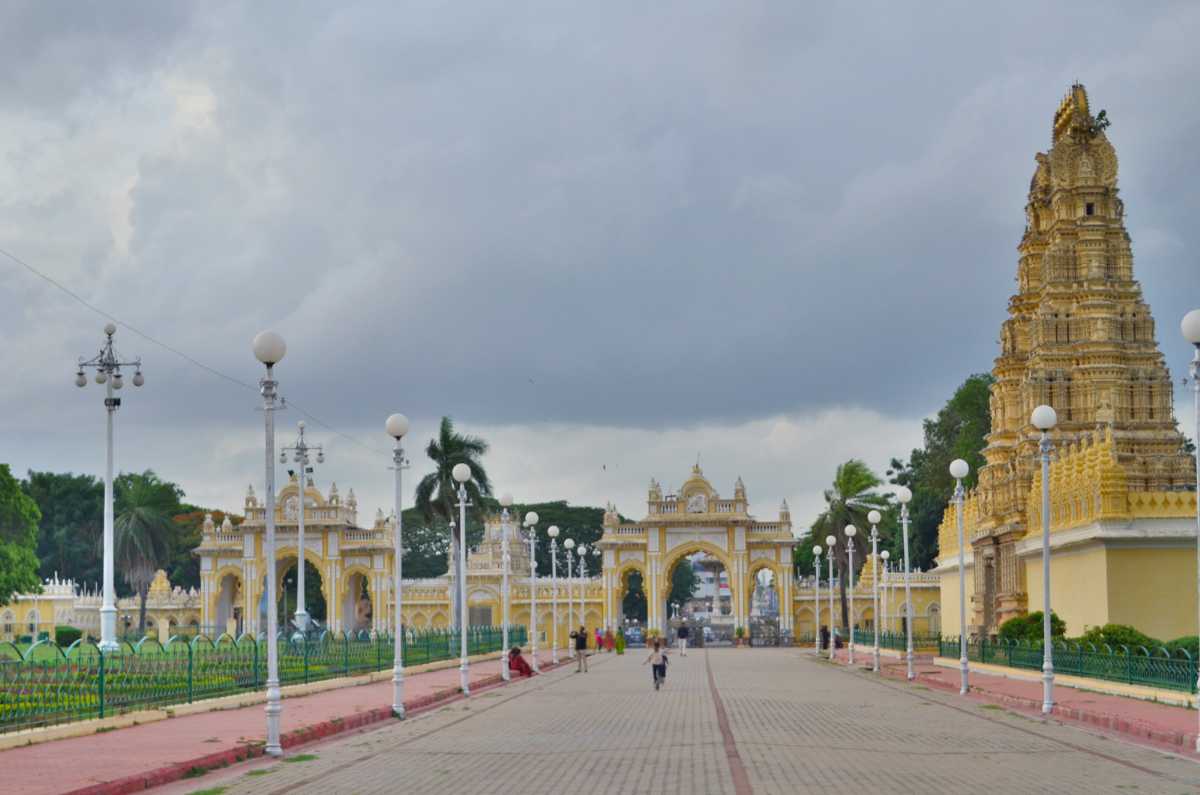
Mysore is a city in Karnataka, located at the foothills of Chamundi Hills. Its rich history and culture gave it the title of Cultural Capital of Karnataka. Mysore is one of the three cities that is called The City of Palaces. Let's see why!
History: Why Mysore Is Called The City of Palaces?
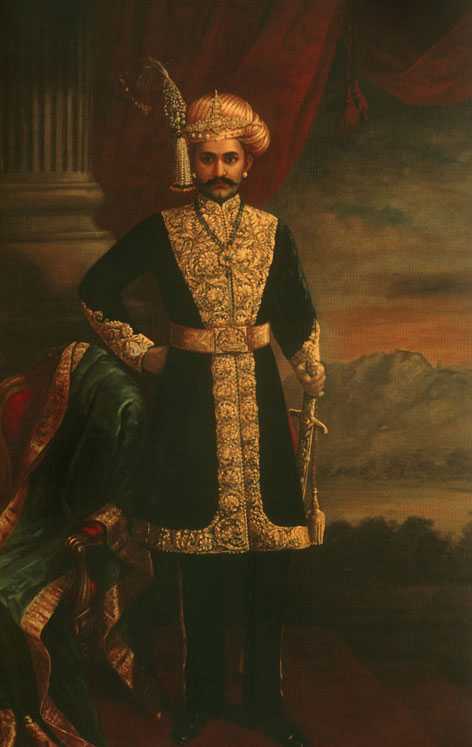
The Kingdom of Mysuru was ruled by the Wadiyar dynasty throughout history, except for a brief period in between, when Hyder Ali and Tipu Sultan took over. A significant part of Mysore was destroyed during Tipu Sultan's reign. As the title aptly suggests, Mysore is known for its heritage structures and palaces, built throughout its history.
Architecture of Mysore

The architectural pattern of most of the palaces in Mysore is Indo - Saracenic. The design includes influences of both, Islamic and Hindu styles of architecture. Elements like domes, pointed arches etc. are blended with ingredients like Hindu gods and goddesses carved on pillars.
Mysore Palace is one of the most popular tourist attractions in India. It is located in the centre of the city and has an Indo - Saracenic architectural design, with Hindu, Mughal, Rajput, and Gothic styles incorporated. The palace has a large garden, has three entrances and many secret tunnels, and has many temples built inside the premises.
On the other hand, some palaces like the Jaganmohan Palace were converted to art galleries or hotels. The Jaganmohan Palace was initially used as a residence when the Mysore Palace was under construction but is now an art gallery. It is built in traditional Hindu style of architecture, after which, a facade was added as an entrance to the hall.
The art gallery features paintings by famous personalities, war equipment, musical instruments, etc.
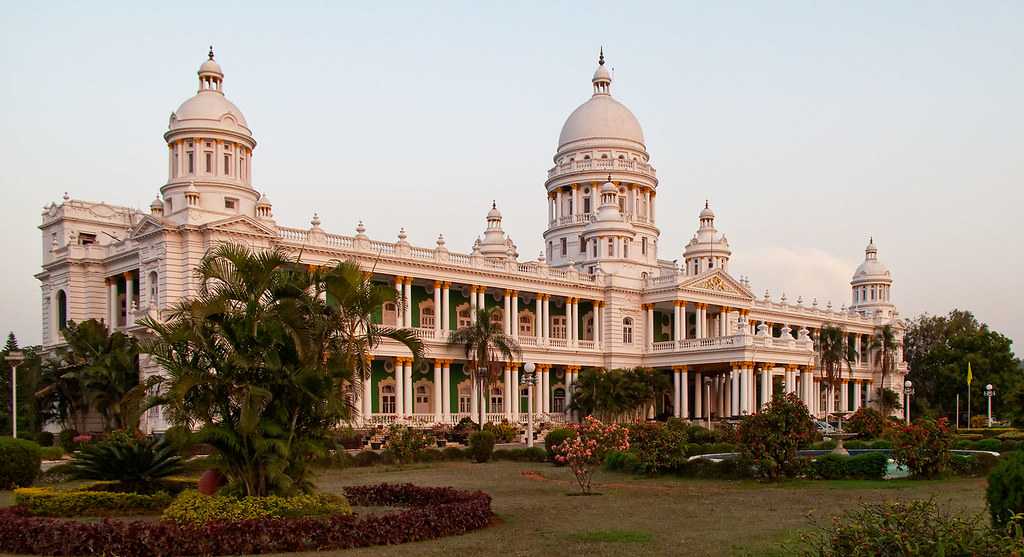
Another palace converted into a hotel is the Lalitha Mahal, which is the second largest palace in the city of Mysore. This palace's architecture is based on St. Paul's Cathedral in London, with the characteristic ionic columns, domes, and stained glass. Next, the Cheluvamba Mansion, initially built for the third princess of Mysore, is now being used as a centre for 'Central Food Technological Research Institute' (CFTRI).
Lastly, The Jayalakshmi Vilas Palace, that is a heritage building by the Government of Karnataka is converted into a museum and houses many valuable artefacts. This mansion has a whopping 125 rooms and was chiefly built using common materials like bricks, iron, and timber.
Mysore, with all its elegant palaces and mansions, is the perfect candidate for the title of 'The City of Palaces'
3. Jaipur
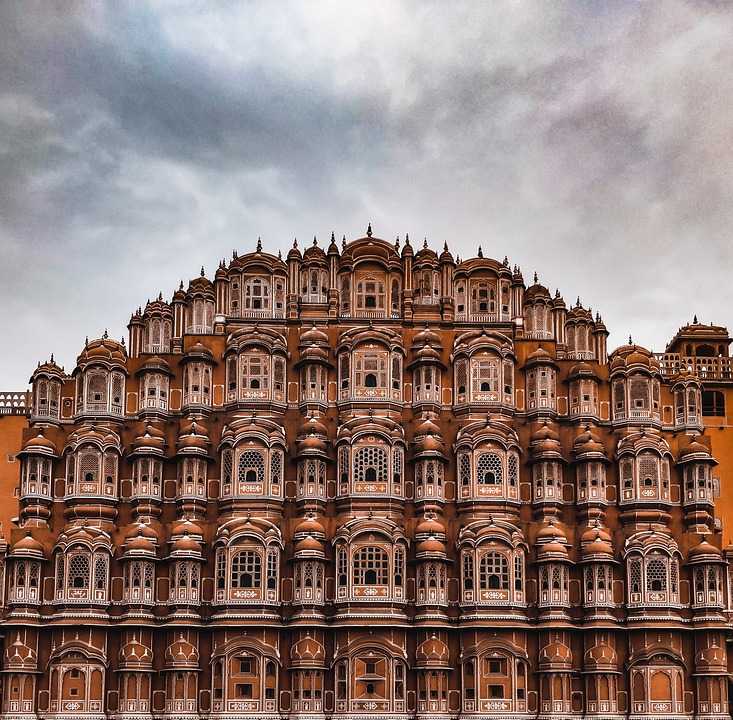
Jaipur is the largest city in the state of Rajasthan and the state capital. It is also known as the Pink City because the buildings in the town are primarily painted pink in colour. This city also has several palaces, thus making it eligible for the title of, 'The City of Palaces'.
History - Why Jaipur Is Called The City of Palaces?
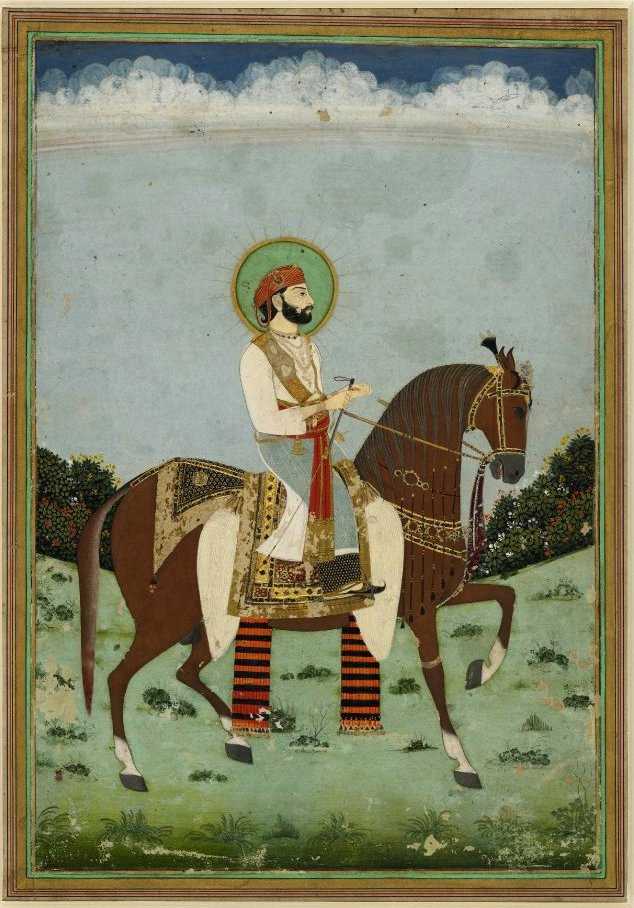
Jaipur was initially painted pink to welcome the Prince of Wales in 1876. That's how it was titled Pink City. The founder of the city, Maharaj Jai Singh II, built the town based on Vastu Shastra, and Shilpa Shastra. Large fort walls were built, along with seven secure gates, to protect the city from the raiders coming from the North.
Architecture of Jaipur
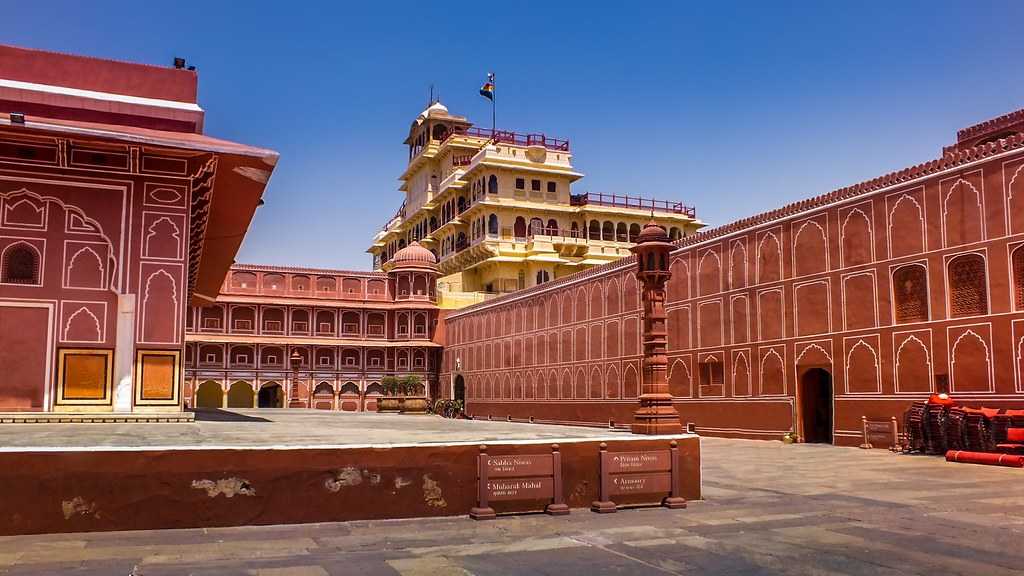
One of the main palaces in the city is the City Palace, which was established along with the city of Jaipur itself, and houses the royal family. The palace's architecture has Rajput, Mughal, and European influences. It has several courtyards, buildings, gardens, and a temple on the premises. Next, the Amber Fort or the Amber Palace is another main tourist attraction in Jaipur.
It was built using red sandstone and marble. Because it included elements like Public Halls (Diwan - e - Aam), Private Halls (Diwan - e - Khaas), Sheesh Mahal, Sukh Mahal, etc. that are typically associated with palaces, hence the Amber Fort was given the title of a Palace.

Lastly, the Hawa Mahal, located at the edge of the City Palace, has an exterior that looks like a honeycomb, with over 950 decorated windows. This palace was designed to keep the atmosphere cool using ventilation techniques. It was built using red and pink sandstone, and the architecture has Rajput and Islamic influences.
With various other palaces and mansions, built during and after the reign of Maharaja Jai Singh II, Jaipur has always been a popular tourist destination, and is aptly titled 'The City of Palaces'.
So these are the three cities that have been bestowed upon the title of 'The City of Palaces in India', and here we can see that all three of them do justice to the title.